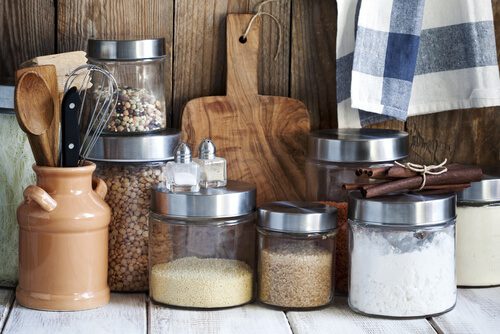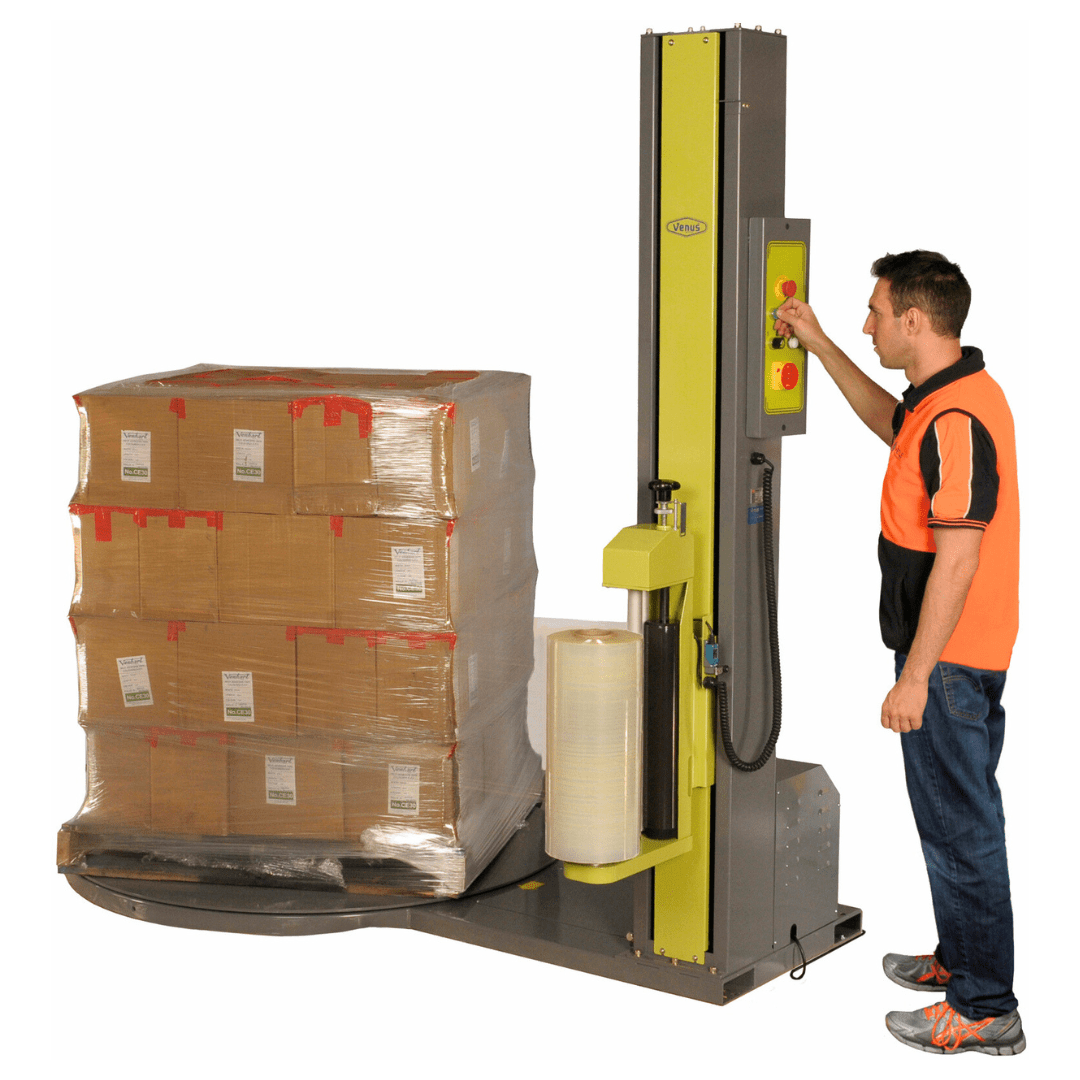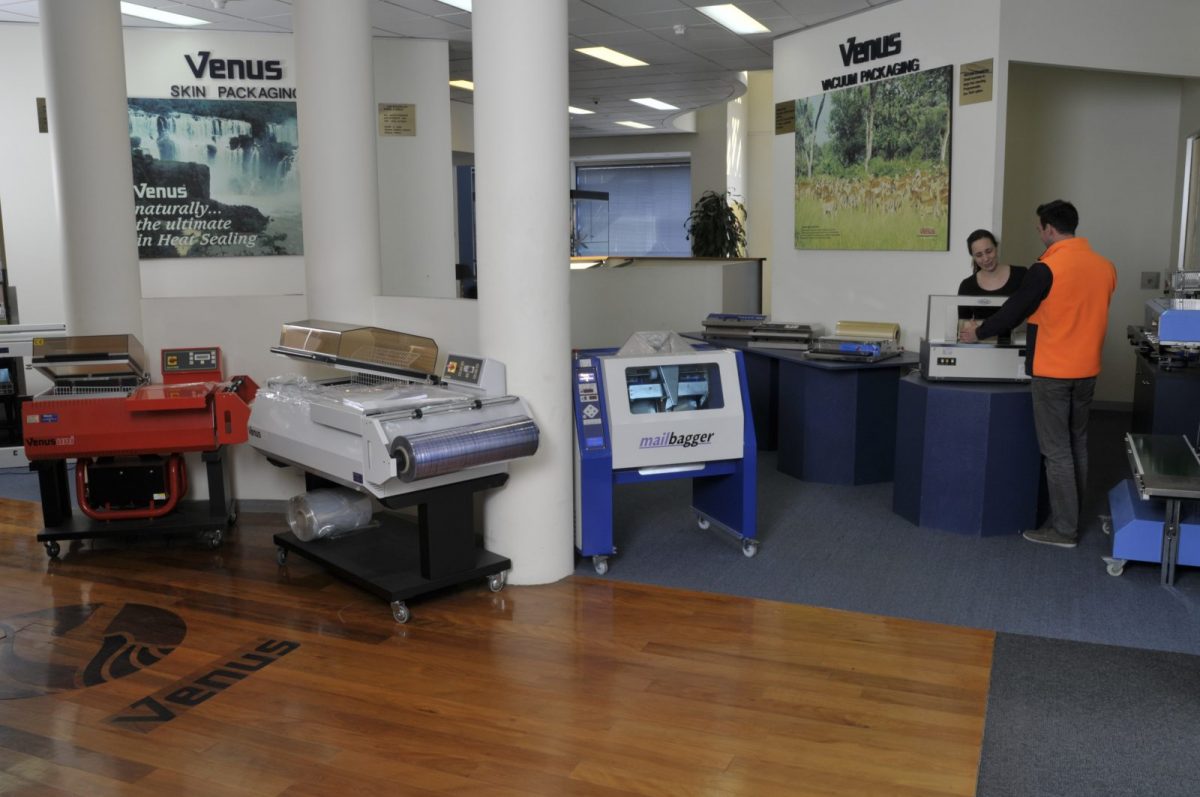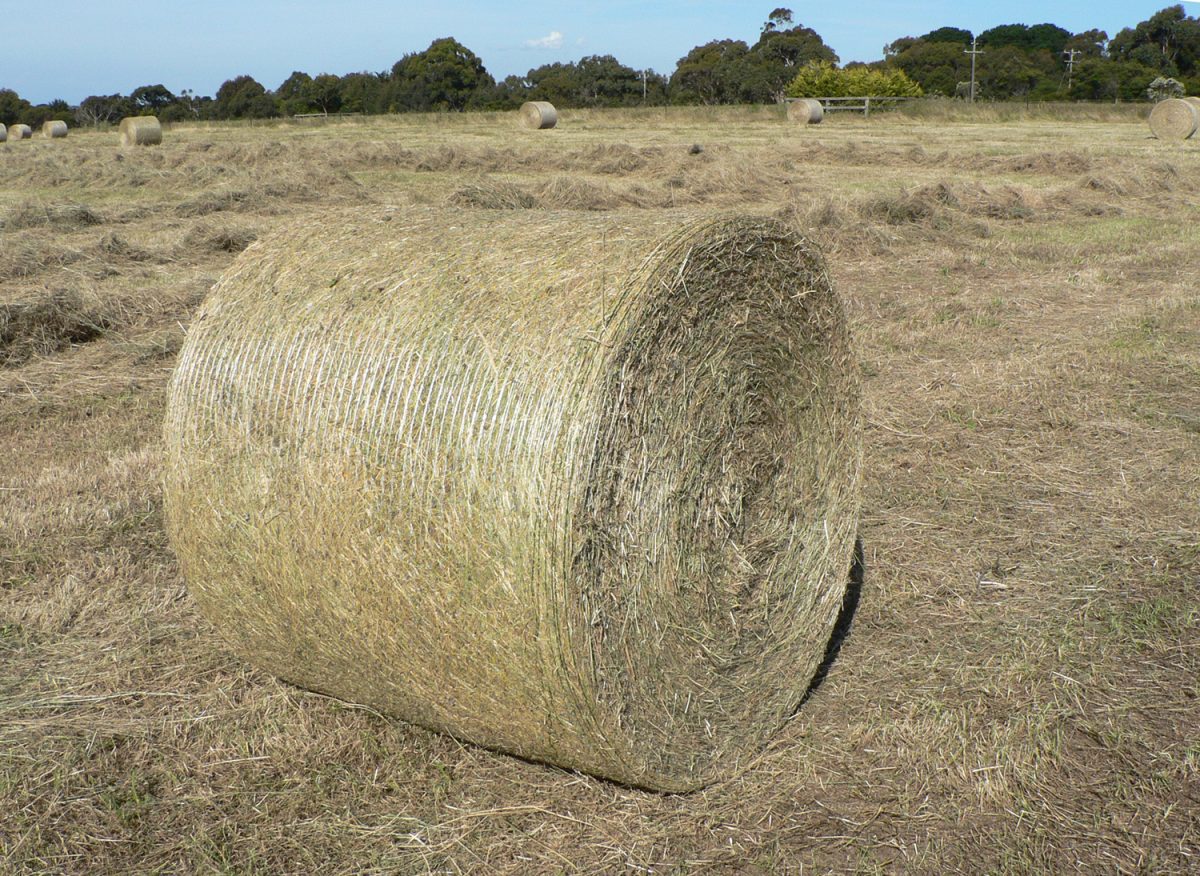 Back to blog
Back to blog
A Simple Guide to Storing Food Safely

Food poisoning is an incredibly common affliction. Affecting over 4 million Australians each year, food poisoning is caused by nasty bacteria that can make even the steeliest of stomachs turn. Spread throughout the kitchen but transferral onto utensils such as cutting boards, cutlery, and countertops, you can mitigate the spread of bacteria using a few handy tips:
1. Wash your hands
Make sure that you wash your hands thoroughly. This includes lathering for 20 seconds then rinsing well with water, both before and after eating. As well as this, it’s essential that you dry off your hands, as this is the key stage when the bacteria will transfer.
2. Thoroughly wash your food
If there is any bacteria being harboured on your food, try and mitigate this as much as possible by assiduously washing your fruits and vegetables before you prepare it.
3. Use paper towels
When you do clean your surfaces, make sure you wipe them down with paper towel afterwards. As aforementioned, bacteria doesn’t just disappear of a surface when washed. It needs to be conscientiously wiped down and wiped afterwards.
4. Separate your food and utensils
Always be sure to separate your meat from fruit and vegetables. For instance, cordon off areas in your fridge exclusively for meat, poultry, seafood and eggs. In another area, store your fresh produce such as fruit and vegetables and make sure these areas stay separated. As well as this, it’s important for your health that you always use separate utensils for raw and cooked foods. Lastly, foods - especially raw foods - need to be stored carefully. Use plastic containers or wrap uncooked items using a vacuum sealer.
5. Avoid the ‘danger zone’
A great idea that will keep you and your stomach happy is to invest in a food thermometer. Measuring the internal temperature of cooked foods, a food thermometer helps to ensure that all potentially harmful bacteria is destroyed through adequate cooking. The temperature that needs to be reached varies depending on the type of food being cooked. The ‘hot zone’ is reserved for all meat that you want to be healthy to eat - such as steak (well done and medium rare), sausages, chicken and fish - and is generally regarded as temperatures above 60 degrees Celsius. The ‘danger zone’ is a breeding ground for bacteria, sitting between 5 degrees and 60 degrees Celsius. Conversely, bacteria can not often grow in the ‘cold zone’, where temperatures sit below an icy 5 degrees Celsius.
6. Chill it out
Chilling your food safely is all about timing and accuracy. Your fridge temperature should be between 3 and 5 degrees Celsius. Whereas your freezer needs to be much cooler, resting between -15 and -18 degrees Celsius. When you are going to chill your perishables, ensure you do so within 2 hours. If you are wanting to thaw your food, do so in the microwave, fridge or in water; do not ever thaw food in the counter. Once something has been thawed, do not refreeze it.
7. Seal it up
If you do want to freeze your food, do so in a vacuum sealed bag, which will eliminate any oxygen that allows bacteria to multiply. Make sure that you leave a 7cm gap between the contents of the vacuum sealed bag and the edge, to ensure freshness and hygiene. For powdery foods, ensure you place a folded paper towel in the bag below the seal. Delicate foods, such as berries and soups, as well as fish, need to be frozen for 1-2 hours before vacuum sealing.
Don’t be a food poisoning statistic this year! Make sure that you adhere to this safety guide in order to keep you and your body happy.










